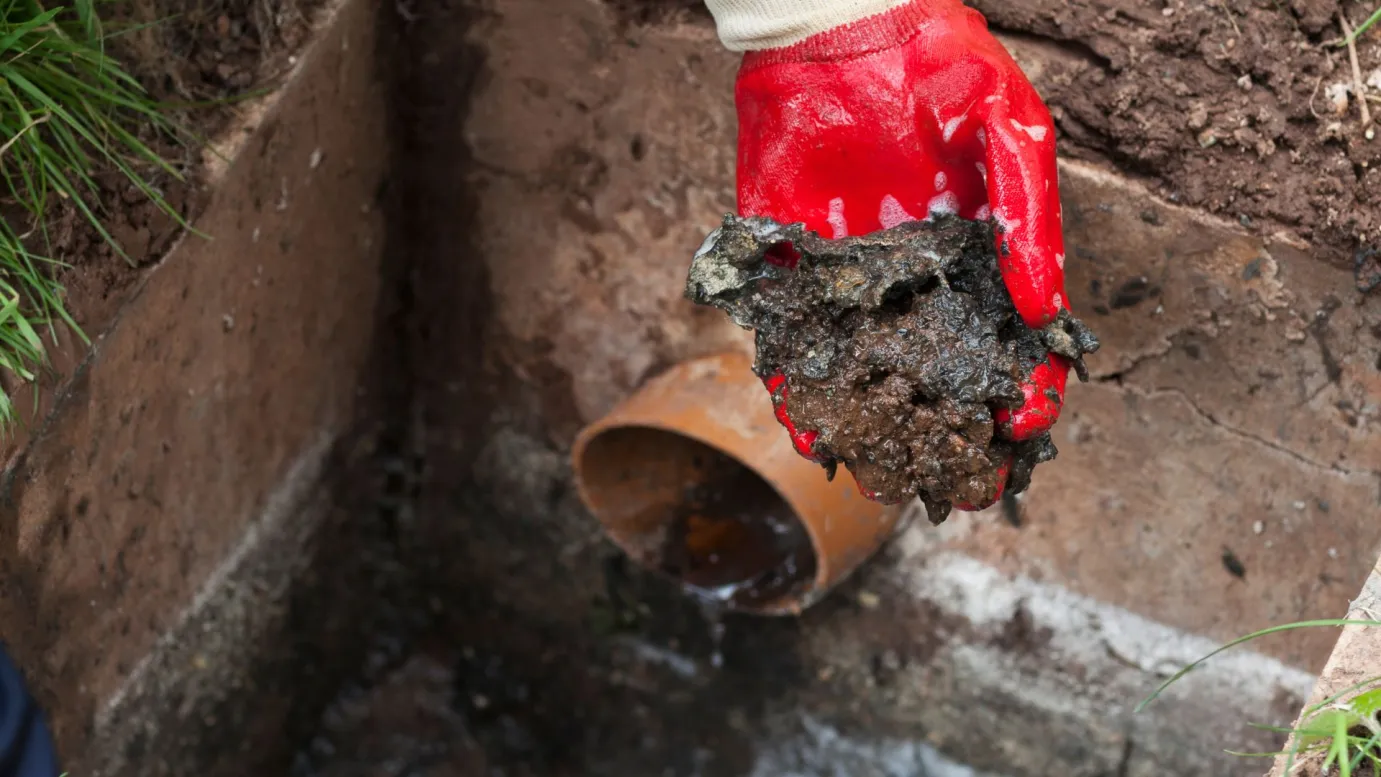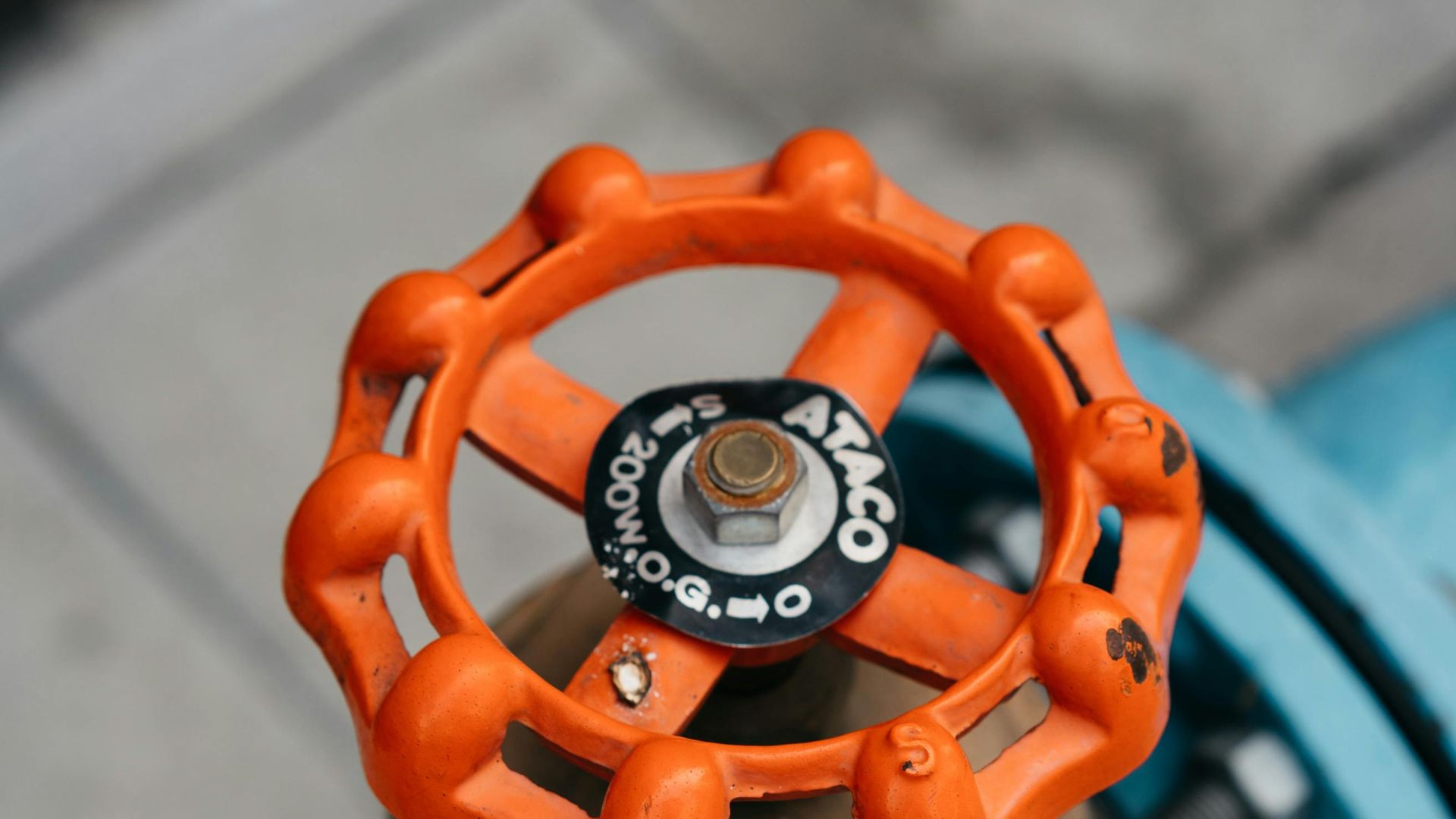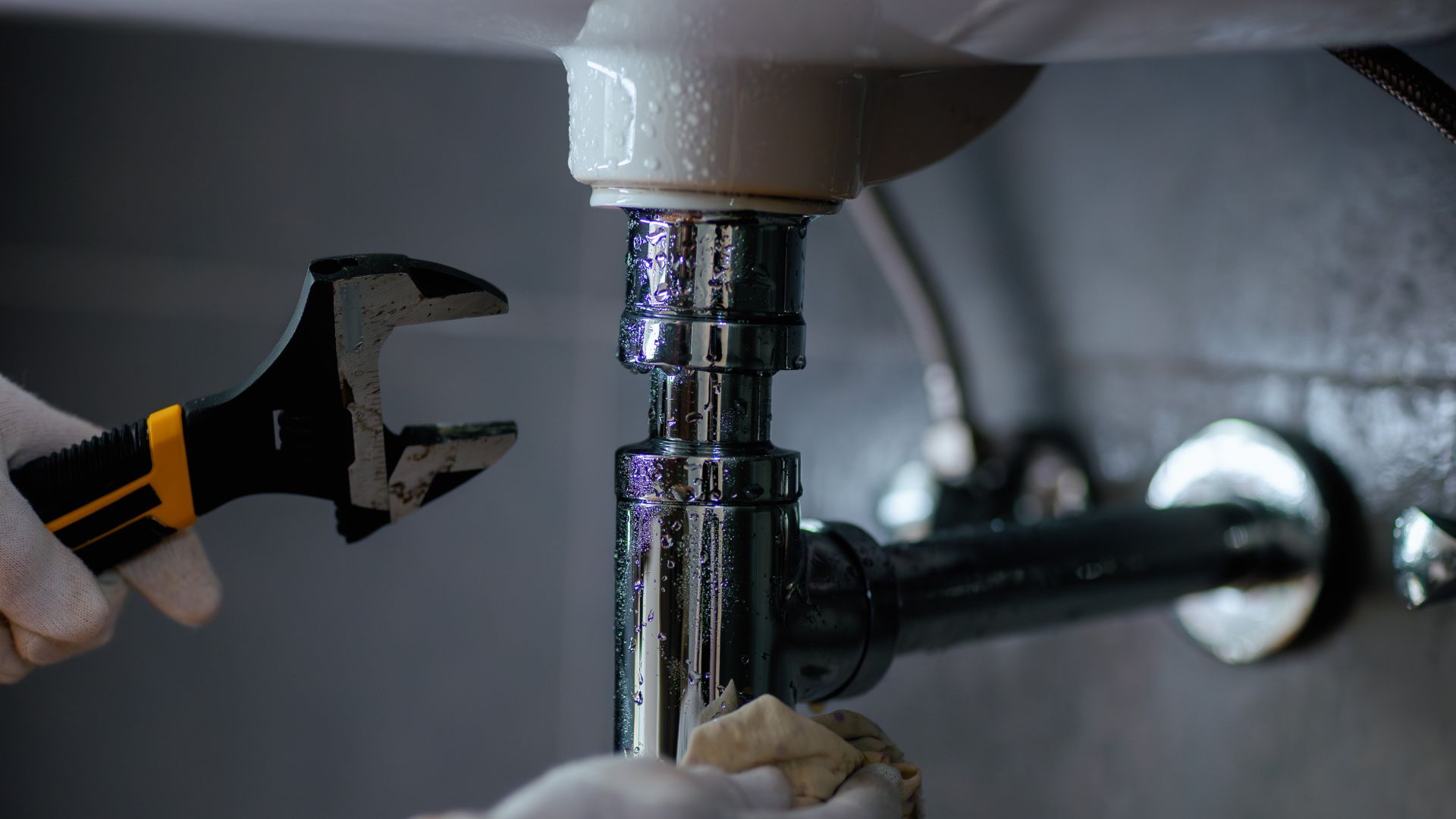Backyard flooding is a widespread problem that can occur for various reasons.
Flooding can stem from issues like poor soil grading, your house’s positioning, clogged gutters, or just poor drainage overall. Most times, it’s a drainage system problem, when it can’t handle the water volume, causing overflow through outlets like drains.
The best way to deal with this problem is to install an outdoor drainage system; this guide will help you know how.
Installing An Outdoor Drainage System
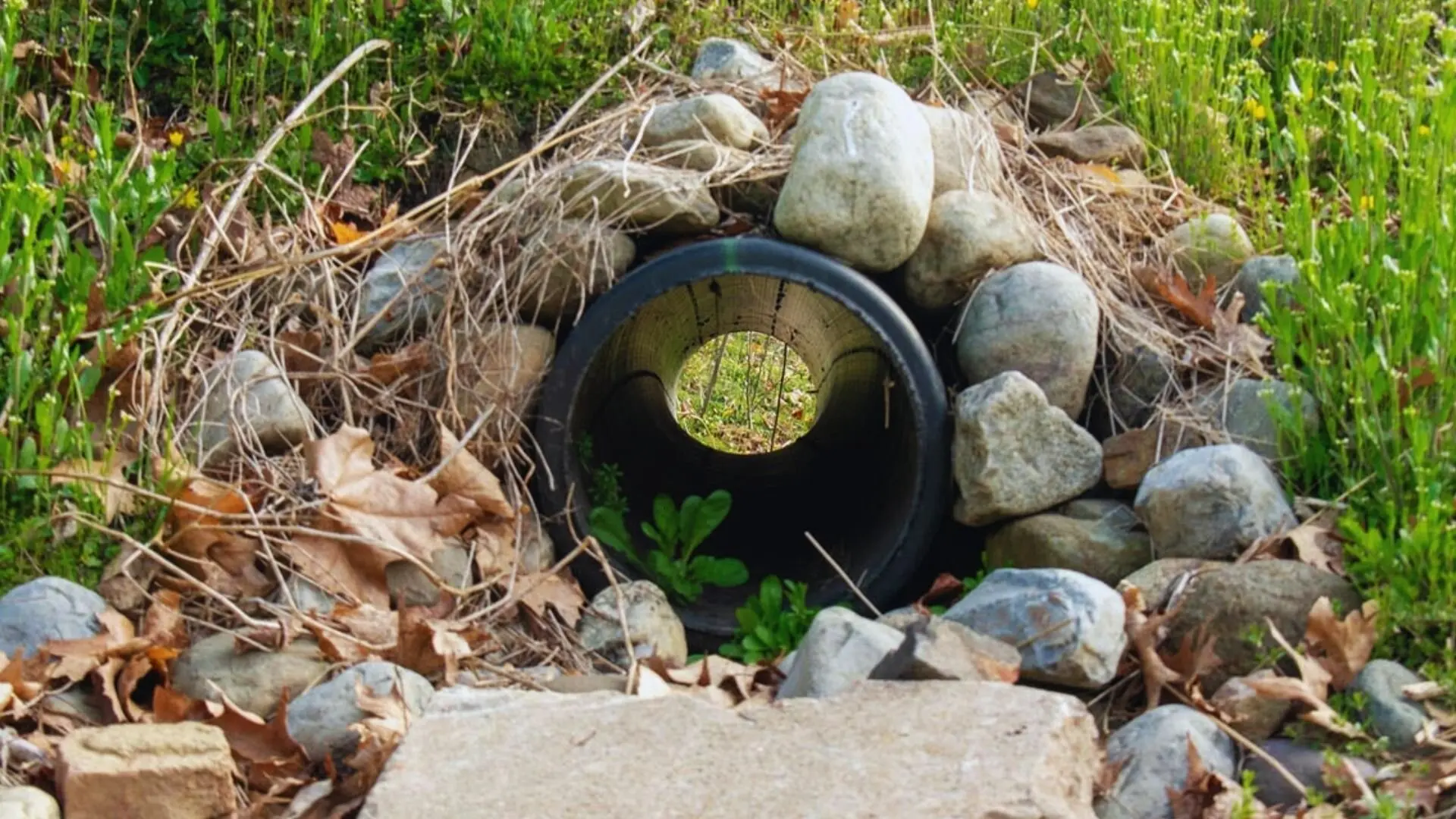
1. Selecting The Location
When planning to install drainage, the first thing to do is select the correct drain location. You can use existing water bodies or drainage to locate the outlet where runoff water can go out. Water can be diverted to the curb of the road but should not be redirected to neighbouring houses.
Use flags, stakes or spray paint to mark the length and direction of the drain. Remember that water should constantly be drained from a higher to a lower level and away from the house. Also, make sure to get the required permissions from the authorities and determine whether there are any zoning restrictions in the area.
2. Digging The Drainage Trench
Before digging, check that there are no underground pipes and lines where the drain line will be located. If the spot is clear, start digging while ensuring the trench has a depth of 18 inches and a width of nine to 12 inches.
Additionally, the drain should have a one per cent slope to ensure water flows to a lower level. This means that for every ten feet of the pipe to be installed, the drain will slope for at least an inch. You can rent a trencher or use a trenching shovel to dig the drain.
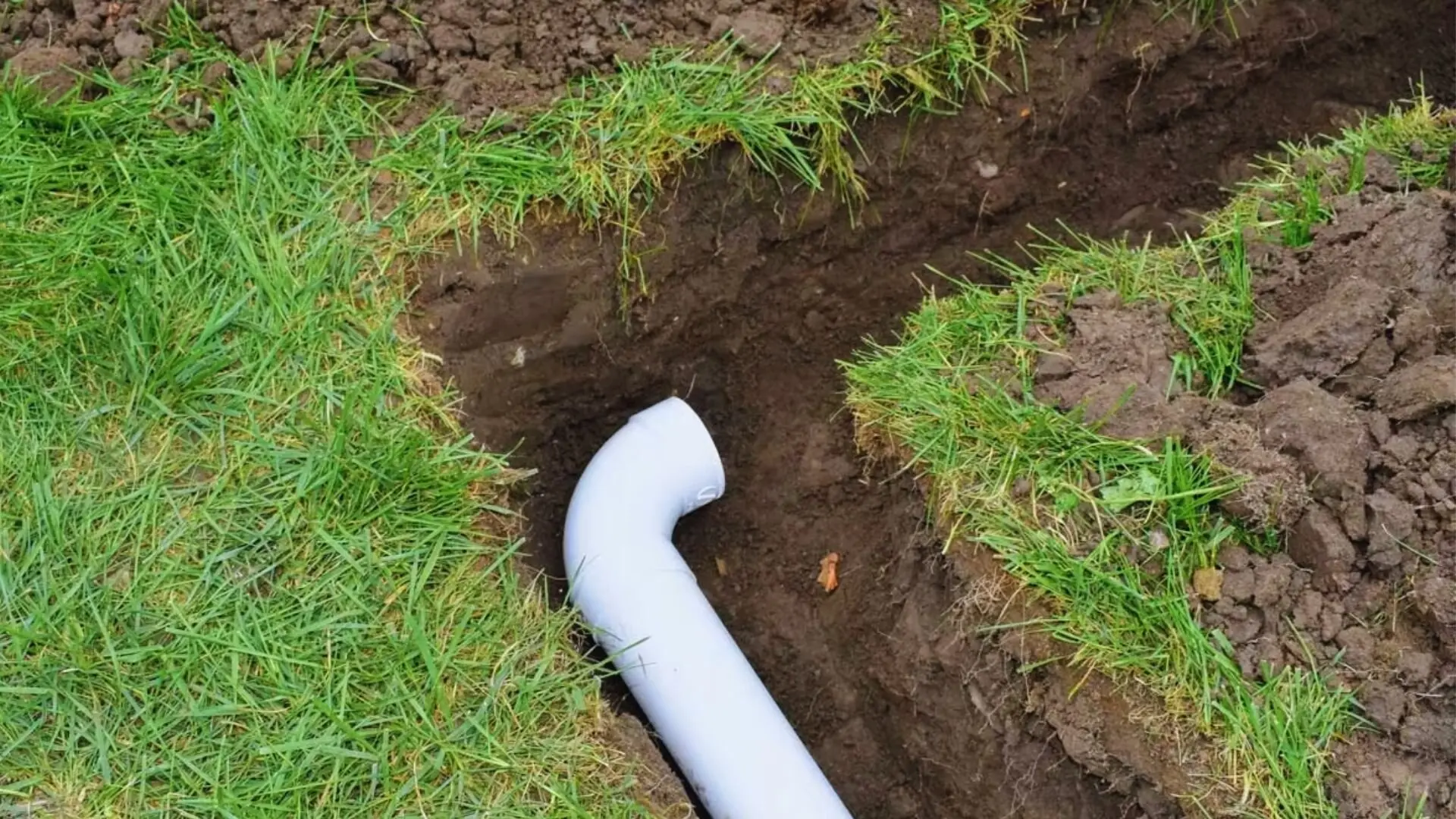
3. Using Filter Fabric To Line The Trench
A weed barrier, or filter fabric, helps shield the drainage system from tree roots, silt, and dirt, while still letting water flow through. Lay this fabric on the gravel layer to ensure drainage works effectively. Also, you should manage excess rainwater with channel drains and covers, and leave at least ten inches of extra fabric on the sides.
4. Creating The Bedding
Landscaping stone and gravel are the most suitable materials for creating the bedding for the outdoor drain. These should be poured directly and compacted correctly, and the layer should be at least three inches thick, as the drainage pipe will rest on this bedding.
5. Installing The Pipe Connections
Start by installing an inlet grate to capture excess water, then use as many fittings as needed for the pipe to reach its outlet. PVC pipes add durability, while flexible hoses suit curved drains; both have their perks. Flexible hoses are economical, but PVC is easier to clean with a plumber’s snake. For PVC, drill holes every six inches along the pipe.
6. Setting The Pipe Into The Trench
As you place the connected pipe into the trench, make sure the holes are facing down. Connect the pipe with a 45-degree angle joint to add an easy maintenance point. After everything’s set, test the pipe by pouring water into the trench.
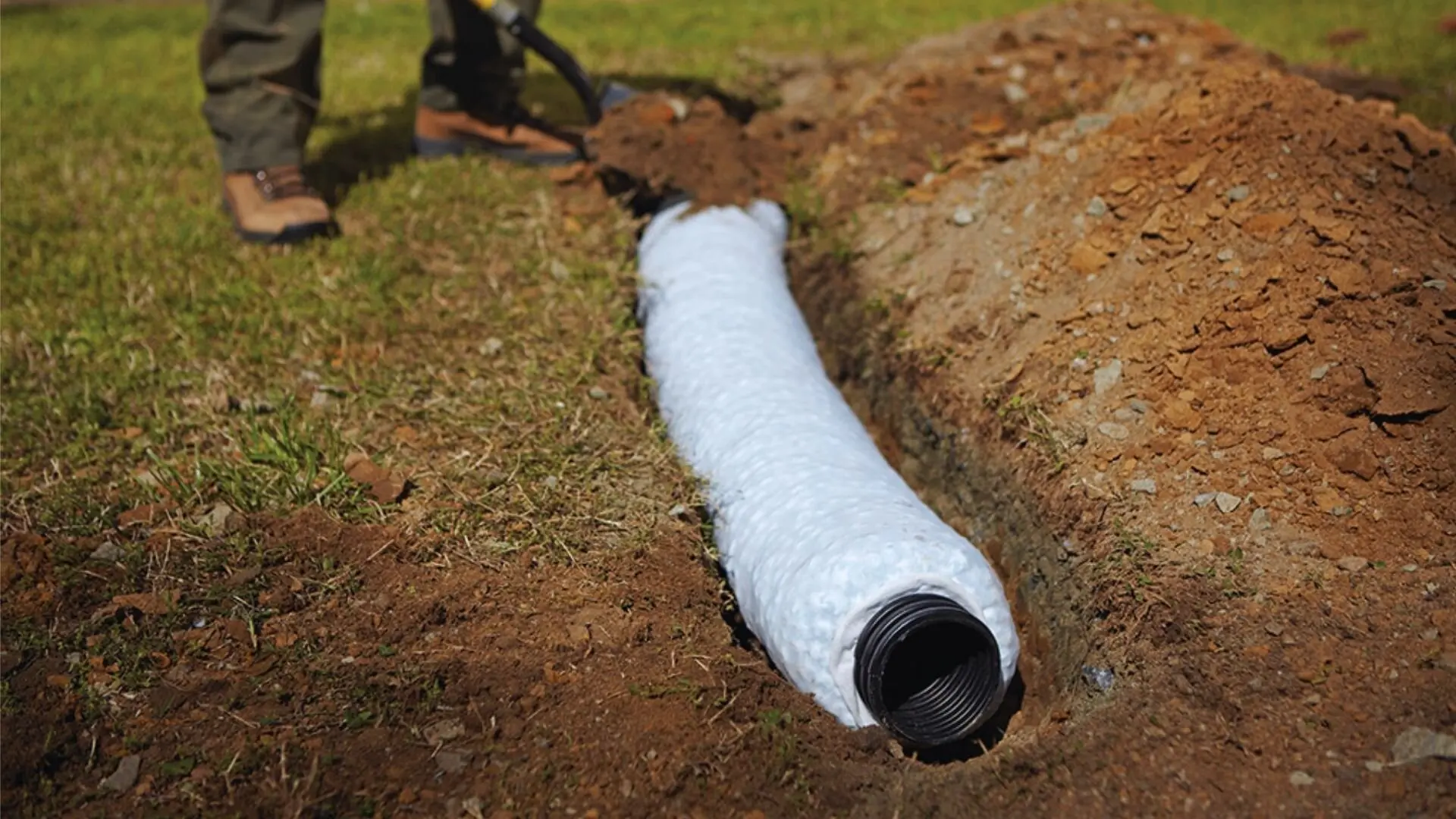
7. Using Filter Fabric And Gravel To Cover The Pipe
The pipe should be covered with around three inches of crushed stone or gravel within the ground level. Then, use the filter fabric left open at the sides to protect it. Remember that covering the drainage pipe will make it more complicated to undertake maintenance but will make your backyard look much better.
8. Covering The System With Soil
Use the surrounding soil to fill the trench and cover the outdoor drain completely. But make sure to cover the inlet grate temporarily while covering the area with the surrounding soil to prevent anything from falling inside.
9. Connecting The Drain To The Municipal Drainage System
If there’s a municipal stormwater drain nearby, you can connect your system to it. Start by digging near the catch basin’s base to check for a sleeve—it directly sends runoff to the municipal system. Catch basins, which prevent debris, usually have a sleeve for linking pipes. If missing, you’ll need special equipment to drill and install a pipe. For this, hiring a professional is the way to go.
Once the connecting pipe is in place, you’ll link your drainage to the municipal system.
10. Undertaking Proper Maintenance
You can use landscaping stone or reseed the covering surface of the system for maintenance. Also, clean the pipe outlet and the inlet grate regularly and, when required, flush the debris to ensure proper water flow.
If your outdoor drain gets clogged or damaged, you may need to dig it out for repairs. This is easier if the pipe is covered by stone instead of grass.
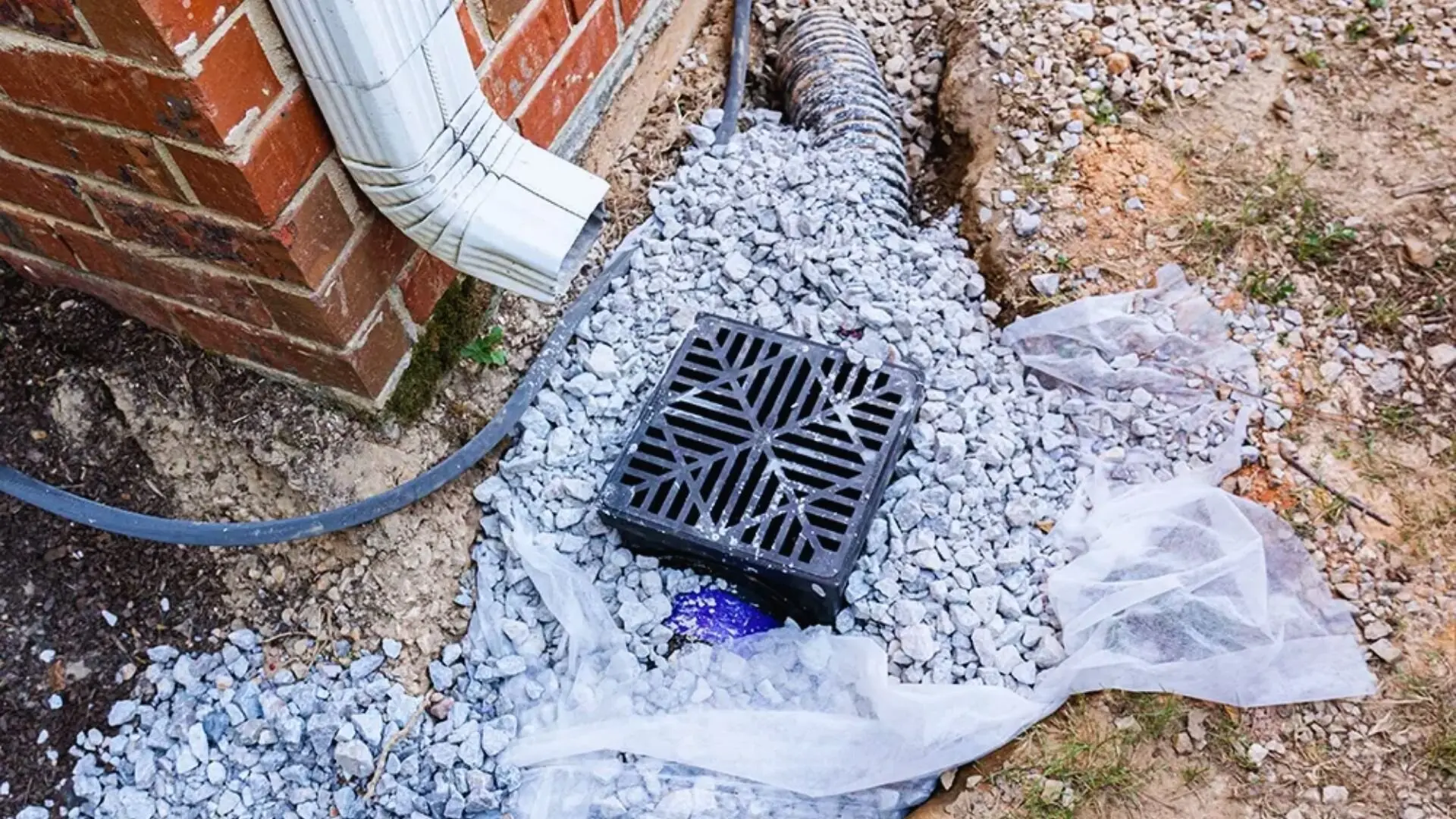
Installing A Gravel-Free Drainage System
A gravel-free drainage system consists of a grooved pipe with a polystyrene covering, on top of which lies a filter fabric wrapping. It can help save a lot of time since there is no need to place the filter fabric and the landscaping stone layer.
You need to set the pipe in the trench according to the manufacturer’s instructions and cover the pipe with soil.
Protect Your Property from Flooding!
Flooding in your backyard can cause serious water damage, but with proper outdoor drainage, it’s an easy fix. You might even use it for rainwater harvesting—just add a catchment barrel at the drain’s end.
Consistent maintenance is key to keeping these systems running smoothly. Sometimes, outdoor drainage isn’t enough, and an indoor system with a sump pump is necessary. Together, both systems help ward off flooding.
Looking for help installing drainage for your backyard? Get in touch with our Sydney plumbers at Fixed Today!

